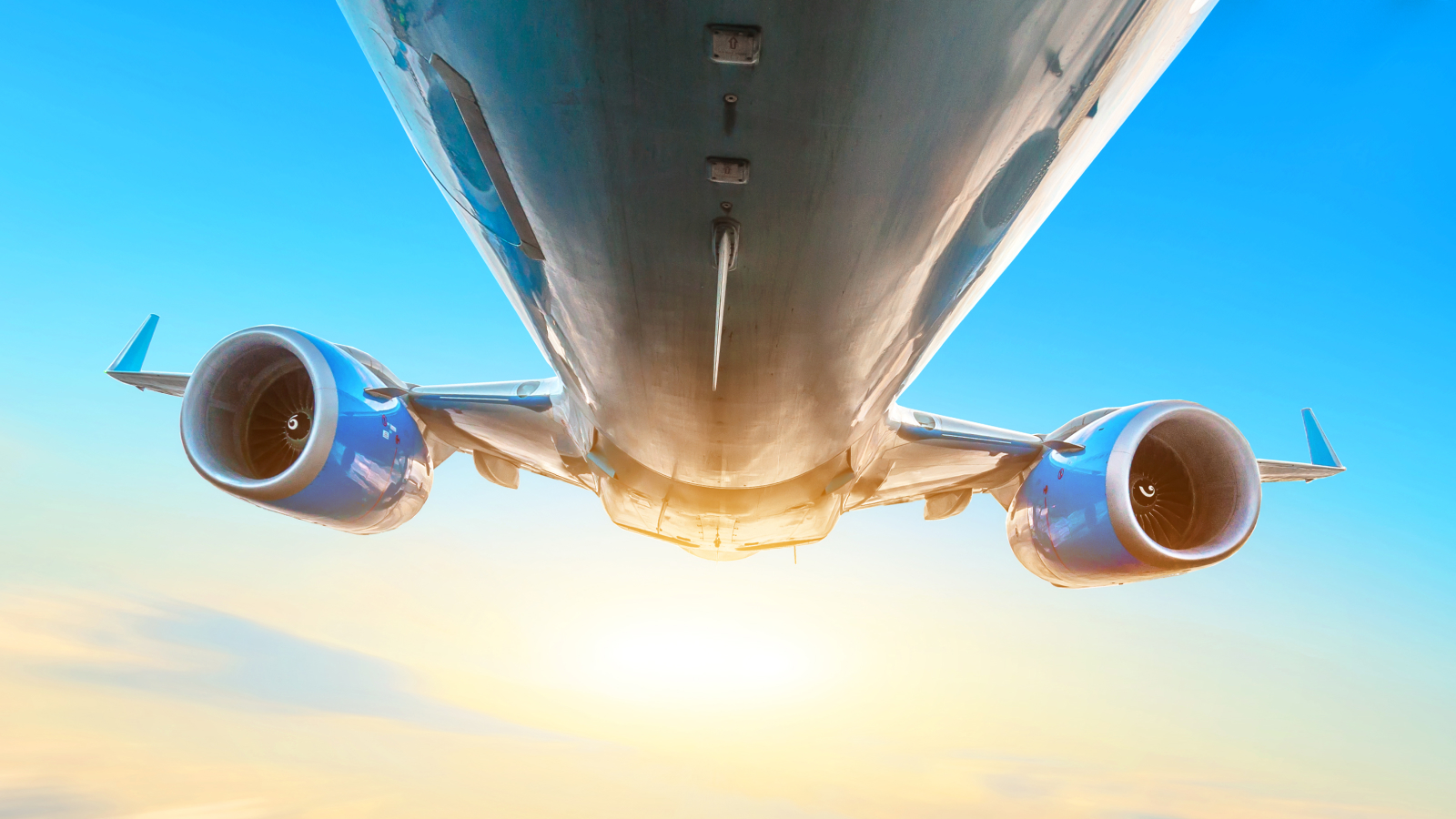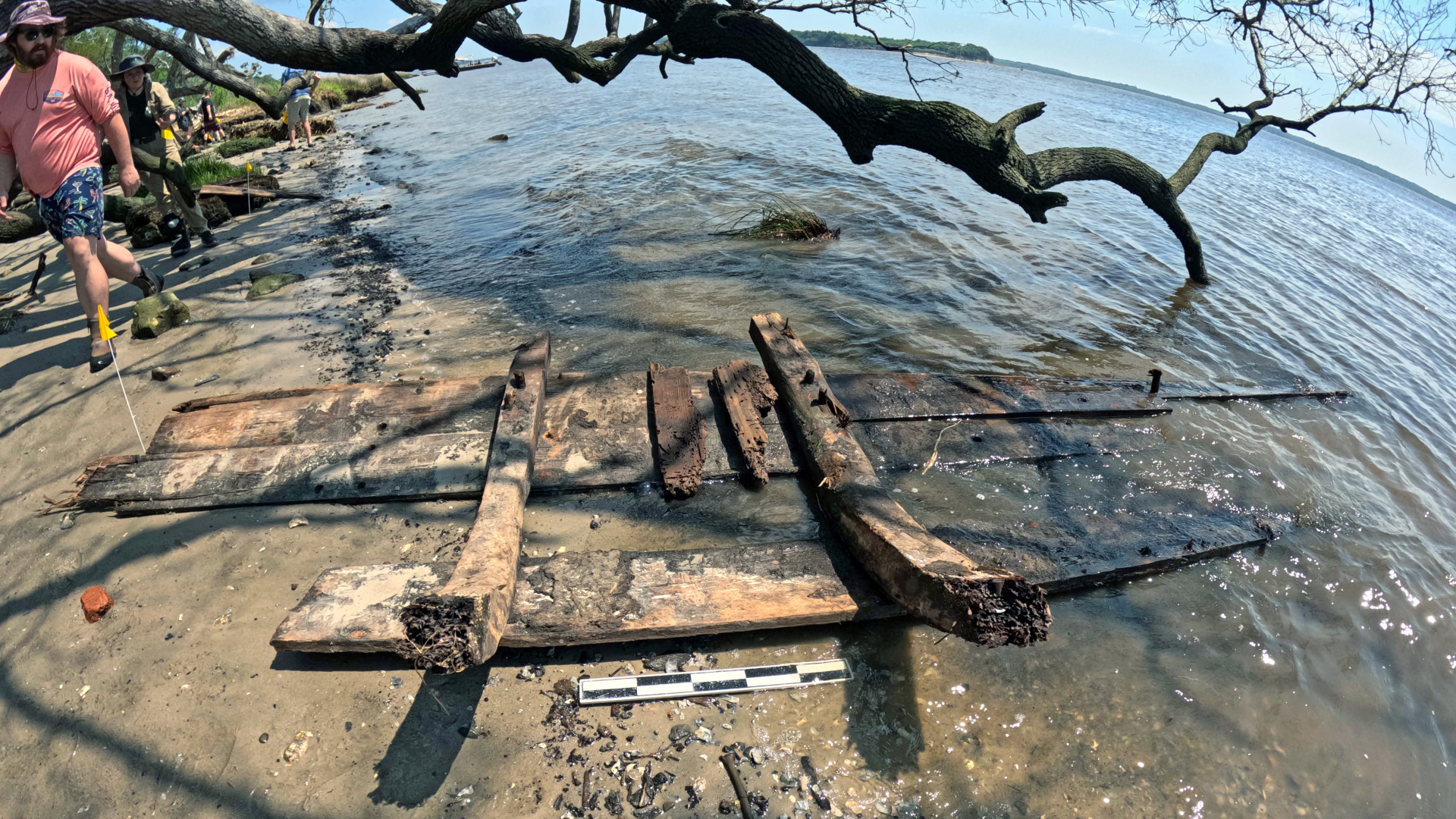Supersonic commercial travel could soon be coming to the U.S. following a new executive order lifting a 52-year ban on overland commercial supersonic flights.
While supersonic flights could cross the Atlantic, the U.S. Federal Aviation Administration (FAA) banned overland commercial supersonic flights in 1973 in response to public pressure over noise concerns. The new executive order, issued on June 6, lifts that ban and lays out a timeline for the introduction of noise-based certification rules for supersonic flights.
This move could cut travel time between New York and Los Angeles almost in half, from six to just 3.5 hours.
Before the ban, the U.S., France, the United Kingdom and the Soviet Union all pursued commercial applications for supersonic aviation technology. But each country’s supersonic aircraft created deafening, window-shattering sounds at ground level.
Related: Boom Supersonic’s XB-1 smashes the sound barrier — becoming the 1st civil aircraft to go supersonic in US history
The Soviet Union’s Tu-144 design, meanwhile, depended heavily on loud afterburners for the aircraft to reach Mach 1 (767 mph, or 1,235 km/h) — or faster than the speed of sound.
Today, companies like Boom Supersonic create “boomless cruise” where an aircraft can fly above 30,000 feet (9,100 meters), reach Mach 1 and produce no ground-level sounds — a phenomenon known as Mach cutoff. Boom’s aircraft achieved this milestone in January 2025, when it completed a test flight that successfully propelled sonic booms upward, causing them to dissipate before reaching the ground.
Boom faces competition from Lockheed Martin and its research partner NASA in the form of their X-59 supersonic demonstrator jet. The X-59’s design places the airplane’s engines on top of the fuselage, helping to limit the shock waves, and the resulting noise, that reach ground level.
The regulatory timeline for this technology can be considered aggressive. The new directive calls for a repeal of prohibitions on supersonic flight by Dec. 3, establish noise certification standards by Dec. 6, 2026, and implementation of final rules by June 6, 2027.
By comparison, rulemaking for usage of commercial drones went from government mandate to final implementation in four years.












